Sentinels of the Ice,
Polar Voyagers
Discover the world of Penguins
learn about
Penguins
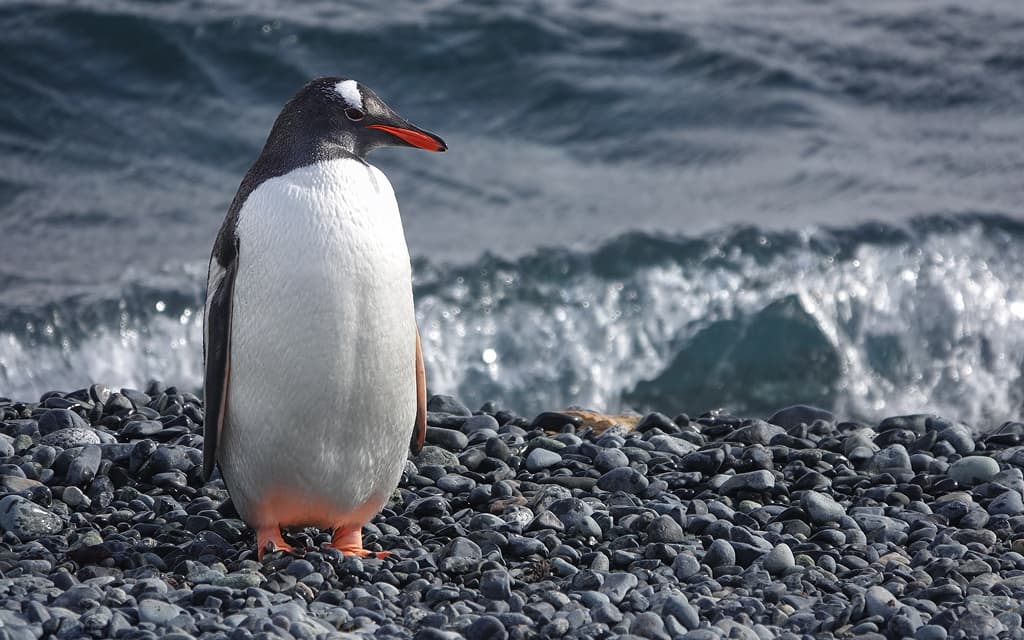
Description
Penguins are superbly adapted to life in cold waters.
Their streamlined bodies, flipper-like wings, salt glands, and dense waterproof feathers make them agile swimmers. Beneath their feathers, a thick layer of blubber insulates them from freezing temperatures, while their solid bones help them dive deep without buoyancy issues.
Feeding
Penguins primarily feed on krill, fish, and squid.
Penguins in the Southern Ocean primarily feed on krill, fish, and squid. They are excellent divers, with species like the Emperor penguin capable of reaching depths of over 500 meters. Their hunting techniques vary; some species hunt in groups to corral fish, while others dive solo.
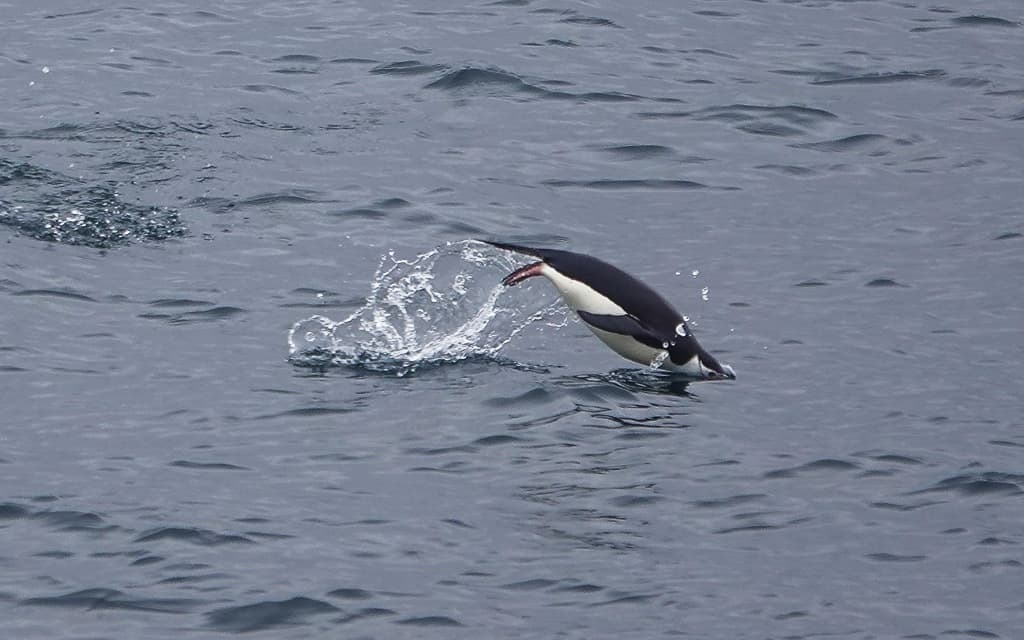

Delete
Delete
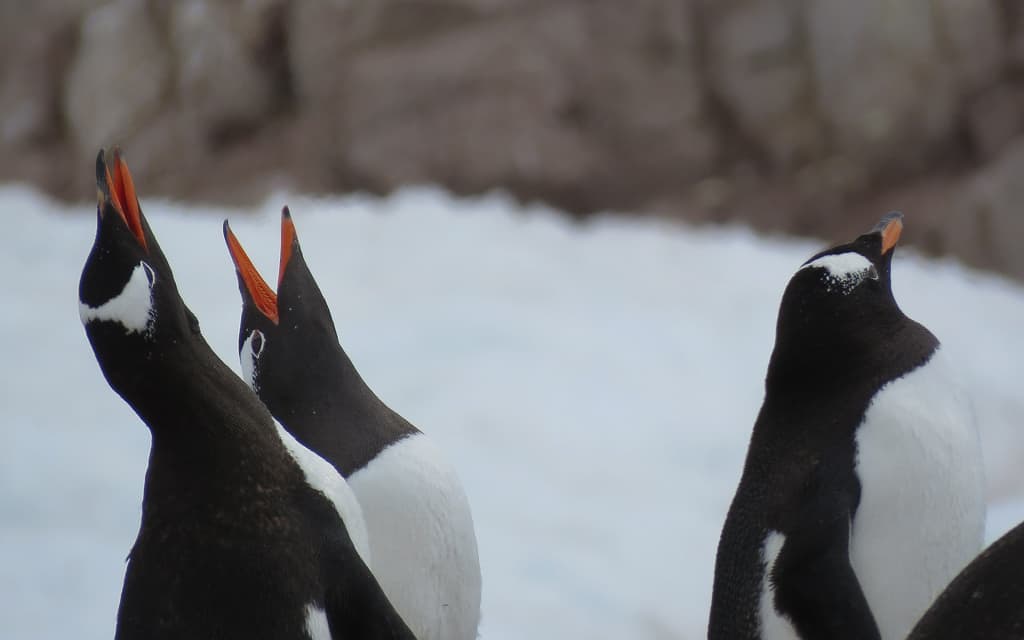

Colony Life
Living in large colonies offers both protection and companionship.
Penguins are highly social animals, living and breeding in vast colonies that can number in the thousands.
They engage in cooperative behaviours such as group foraging and defending nests and chicks from predators. Social structure plays a vital role, with dominant individuals often securing the best nesting sites or materials.
Communication is equally complex. Penguins use distinctive calls, postures, and displays to recognise partners and chicks. Emperor and King penguins, for example, rely on unique vocal signatures to locate family members within crowded colonies.
Breeding
Penguin courtship involves intricate displays and vocalisations.
Breeding behaviour varies by species, but most penguins form strong pair bonds during the breeding season, and some remain together for life. Males may court females with gifts of stones or with elaborate dances. Once paired, couples some species typically build nests from stones, feathers, or other materials found nearby.
Breeding seasons are often synchronised so chicks hatch around the same time, improving their chances of survival. However, climate change is increasingly disrupting these cycles, forcing some species to alter breeding timings or relocate their colonies.

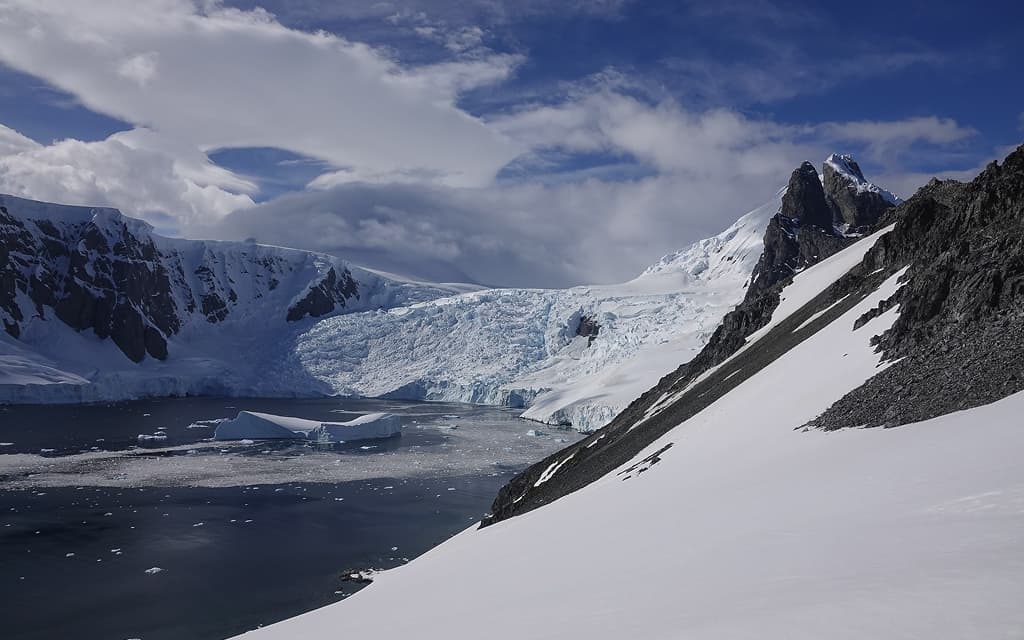
Climate Change
Melting sea ice and rising temperatures are changing penguin habitats.
Species like the Chinstrap, and Adélie penguins are particularly vulnerable because they rely heavily on Antarctic krill, which depend on sea ice. Warming oceans and shifting ice patterns are reducing krill populations and disrupting penguin feeding and breeding cycles.
Human Activities
Human presence in the Antarctic is growing, and so are the pressures it brings.
Overfishing, pollution, and tourism are placing strain on penguin populations. Oil spills and plastic waste can devastate colonies, while competition with fisheries limits access to food. The recovery of whale populations, which also feed on krill, adds further competition.
Research and advocacy are helping to reduce these impacts through sustainable fishing policies, marine protection, and responsible tourism practices.

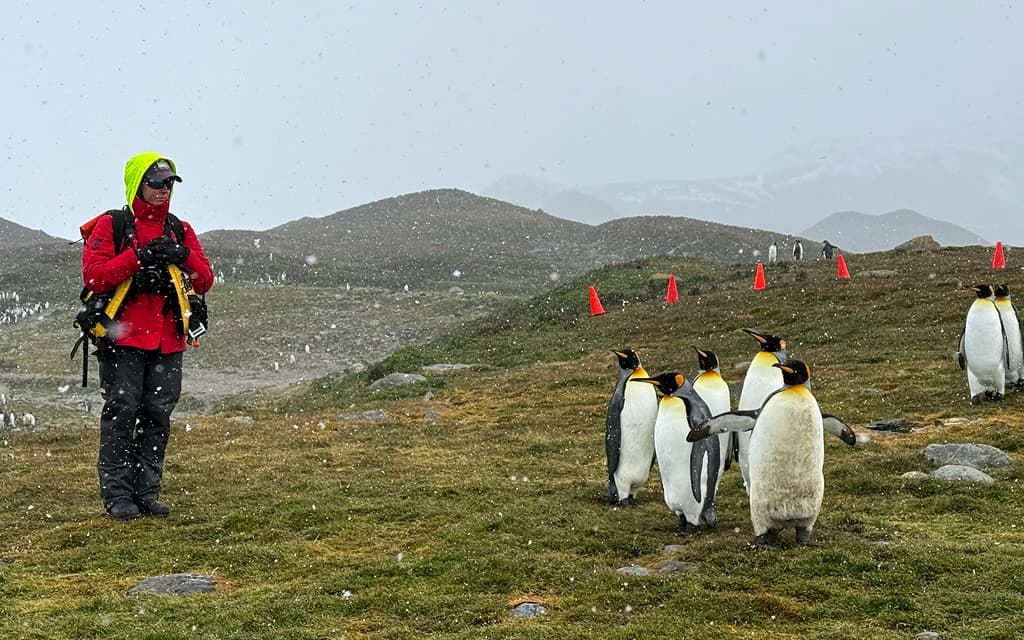
Conservation Efforts
Scientific research and conservation programmes are making a difference.
Efforts include creating no-take fishing zones, establishing marine protected areas, and monitoring populations through initiatives such as Penguin Watch. Public involvement is also essential, from supporting conservation charities to adopting sustainable habits that reduce ocean pollution.
Thanks to these collective efforts, several penguin species are showing signs of recovery, a clear reminder of how science and community action can protect the natural world.


Penguin Research: Behaviours, Population and Conservation
Explore our comprehensive research on penguin behaviour and habitats. Learn how you can contribute to their conservation.
Observe and Protect
Discover and Support
Get Involved & Make a Difference
Our research informs action, but we rely on your support.
Your gift empowers conservation efforts to safeguard these incredible creatures.





